
Input-output equations can also be written as a transfer function. The basic form for a transfer function is shown below in Figure 6.10 Example: A transfer function. The general form calls for output over input on the left hand side. The right hand side is comprised of constants and the ’D’ operator. In the example ’x’ is the output, while ’F’ is the input.

Figure 6.10 Example: A transfer function
If both sides of the example were inverted then the output would become ’F’, and the input ’x’. This ability to invert a transfer function is called reversibility. In reality many systems are not reversible.
There is a direct relationship between transfer functions and differential equations. This is shown for the second-order differential equation in Figure 6.11 The relationship between transfer functions and differential equations for a mass-spring-damper example. The homogeneous equation (the left hand side) ends up as the denominator of the transfer function. The non-homogeneous solution ends up as the numerator of the expression.
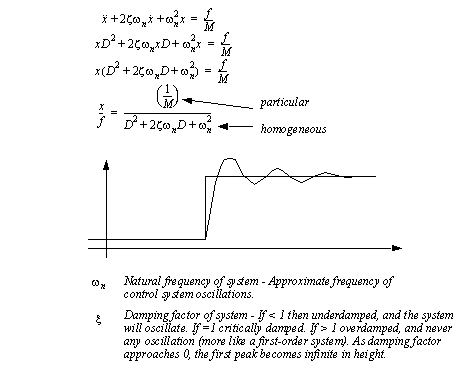
Figure 6.11 The relationship between transfer functions and differential equations for a mass-spring-damper example
The transfer function for a first-order differential equation is shown in Figure 6.12 A first-order system response. As before the homogeneous and non-homogeneous parts of the equation becomes the denominator and the numerator of the transfer function.
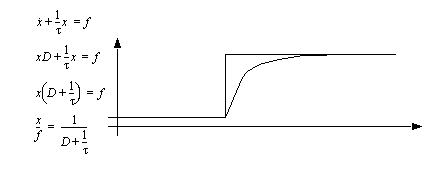
Figure 6.12 A first-order system response
A transfer function is in a form suitable for using normal integration techniques. If the non-homogeneous part does not includes derivatives, then the techniques presented in previous chapters can be used. If the equation does include derivatives of the inputs, the solution can be found using superposition by reducing the differential equation to separate input parts, or decomposing it into partial fractions.
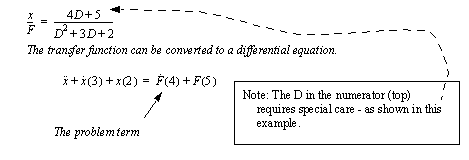
Figure 6.13 Example of Non-Trivial ODE
The effect of the derivatives on the input side of the equation is an adjusted value of the initial conditions. For example the equation shown in Figure 6.13 Example of Non-Trivial ODE may have initial conditions of zero at t=0-, but the derivative of F will result in a non-zero velocity at t=0+. In simple terms this does not affect the solution of the problem, but requires the calculation of a new set of initial conditions at t=0+, and these are used to find the coefficients of the homogenous equation. It is important to keep in mind that the initial conditions are not at zero, but just before. The input derivatives have an effect that starts at t=0.
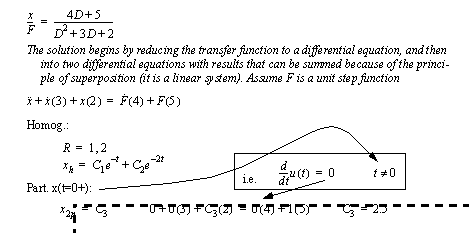
Figure 6.14 Example: The Regular Solution to the Differential Equation
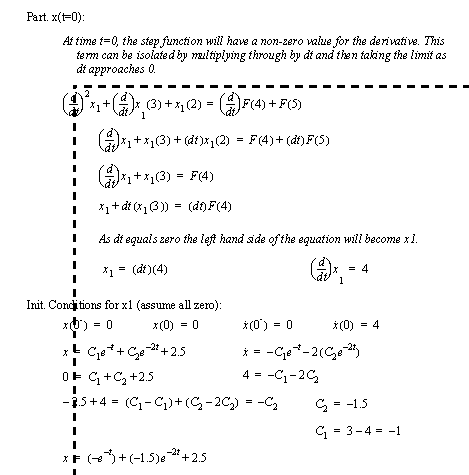
Figure 6.15 Example: Calculation of Initial Conditions and Final Solution
This method will allow the solution of the differential equation using methods that are very similar to those used before. The only complication is the need to determine the initial conditions for t=0. The following method provides a slightly longer, but more routine approach to solving these problems.
The equation is shown in Figure 6.16 Example: Integrating an input-output equation can be solved by decomposing it into a simpler set of differential equations. The method is shown in Figure 6.16 Example: Integrating an input-output equation. It begins by reducing the transfer function to a partial fraction form. Once in this form each of the partial fraction terms can be converted to a separate differential equation. Each of these differential equations can then be solved separately. The total response for the system is then found by summing the individual responses. Note: this is permitted using the principle of superposition because the system is linear.

Figure 6.16 Example: Integrating an input-output equation
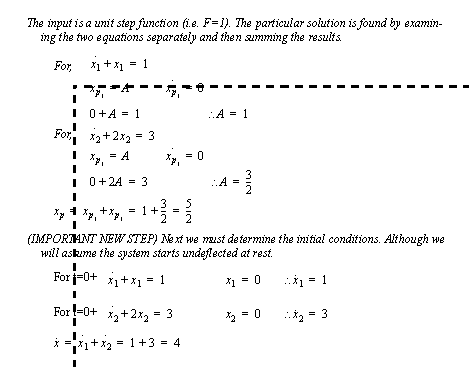
Figure 6.17 Example: Integrating an input-output equation
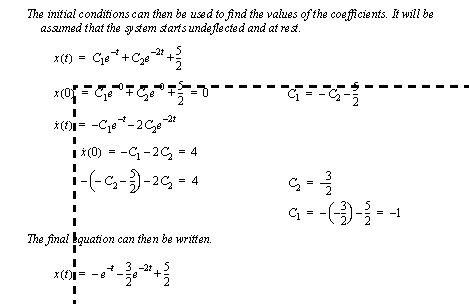
Figure 6.18 Example: Integrating an input-output equation (cont’d)
The downside to this method is that it requires the solution of a partial fraction, and multiple (although simpler) differential equations. The advantage is that it is very routnie and does not require any special manipulation.